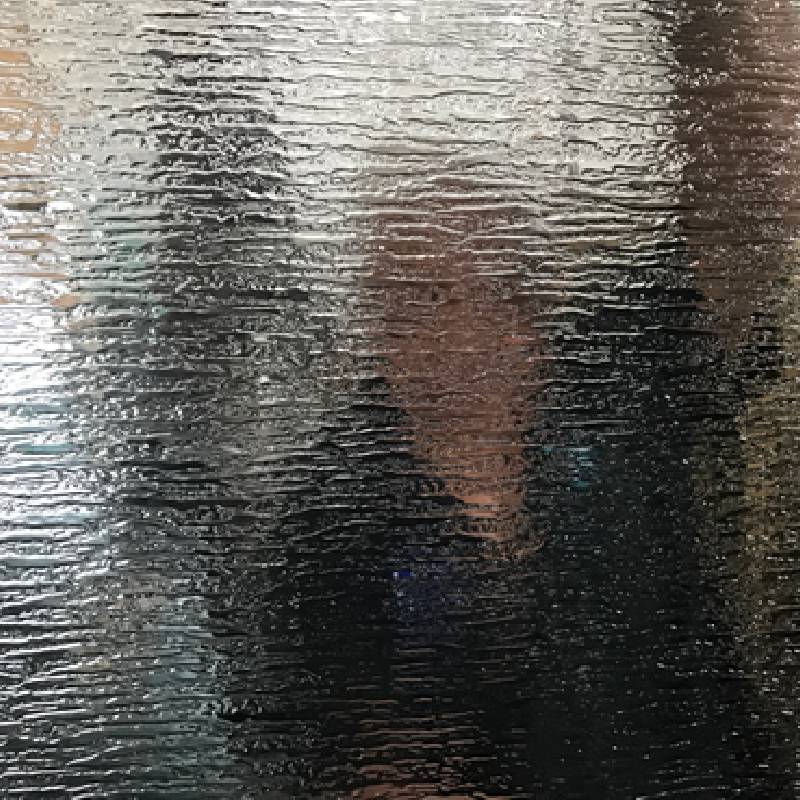The Art and Science of Float Glass Making
Float glass, a type of flat glass, is renowned for its exceptional clarity and uniform thickness
. Its production process, known as float glass making, revolutionized the glass industry and is a testament to both art and engineering. This innovative technique, developed in the mid-20th century, allows for a seamless production method that results in high-quality glass used in countless applications, from windows and doors to solar panels and screens.
The float glass process begins with the careful selection of raw materials. The primary ingredients include silica sand, soda ash, and limestone. These ingredients are meticulously mixed with other chemical compounds with the impurities minimized to ensure the highest quality of the final product. The mixture is melted in a furnace at temperatures exceeding 1,700 degrees Celsius (around 3,092 degrees Fahrenheit), where it transforms into molten glass.
Once the glass reaches its molten state, it is transported to a float bath. This is the defining step in the float glass process that gives it its name. The float bath consists of a large tank filled with molten tin. The molten glass is gently poured onto the surface of the tin, where it spreads out to create a smooth and even layer due to the liquid's cohesive nature. This unique process allows the glass to float on the tin, ensuring that both sides of the glass remain perfectly smooth—essential for achieving high transparency and optical quality.
During this stage, the thickness of the glass can be controlled by adjusting the flow and speed at which the molten glass is introduced to the tin bath. This customizable thickness allows for a broad range of applications, catering to everything from residential windows to commercial glass facades.
float glass making
After the glass has floated and cooled sufficiently, it moves to the annealing lehr, a long, temperature-controlled oven. Here, the glass is carefully cooled to relieve internal stresses that may have developed during the floating process. The annealing process is crucial, as it prevents cracking and ensures the glass maintains its structural integrity. The temperature control in this stage is vital, as any rapid cooling can lead to weak spots and defects.
Once the glass has been properly annealed, it is cut into sheets of various sizes according to customer specifications. Quality control is implemented rigorously to ensure that the finished product meets industry standards. Only glass that passes these tests will move on to further processing, such as additional coating, tempering, or insulation, depending on the desired end use.
Float glass is lauded not only for its aesthetics but also for its energy efficiency. Innovations in float glass technology have led to the production of low-emissivity (low-E) glass, which reflects heat while allowing light to pass through. This type of glass plays a crucial role in energy-efficient building designs. Additionally, advancements in technology have enabled the development of glass that can be treated to resist scratches, enable self-cleaning, and offer enhanced insulation properties.
The float glass industry has continued to evolve and innovate, driven by the demand for sustainable and energy-efficient building materials. With the rise of green architecture and the push for more sustainable practices, the role of float glass is more important than ever. Today, it stands at the intersection of art and technology, embodying the perfect blend of function, beauty, and innovation.
In conclusion, float glass making is a remarkable process that transforms raw materials into one of the most versatile and essential products in modern living. Its evolution reflects broader changes in technology and society, highlighting the importance of glass as a material that enhances both our daily lives and the environments we inhabit. As the industry progresses, the future of float glass remains bright, promising even more advancements that will continue to shape our world.
 Afrikaans
Afrikaans  Albanian
Albanian  Amharic
Amharic  Arabic
Arabic  Armenian
Armenian  Azerbaijani
Azerbaijani  Basque
Basque  Belarusian
Belarusian  Bengali
Bengali  Bosnian
Bosnian  Bulgarian
Bulgarian  Catalan
Catalan  Cebuano
Cebuano  Corsican
Corsican  Croatian
Croatian  Czech
Czech  Danish
Danish  Dutch
Dutch  English
English  Esperanto
Esperanto  Estonian
Estonian  Finnish
Finnish  French
French  Frisian
Frisian  Galician
Galician  Georgian
Georgian  German
German  Greek
Greek  Gujarati
Gujarati  Haitian Creole
Haitian Creole  hausa
hausa  hawaiian
hawaiian  Hebrew
Hebrew  Hindi
Hindi  Miao
Miao  Hungarian
Hungarian  Icelandic
Icelandic  igbo
igbo  Indonesian
Indonesian  irish
irish  Italian
Italian  Japanese
Japanese  Javanese
Javanese  Kannada
Kannada  kazakh
kazakh  Khmer
Khmer  Rwandese
Rwandese  Korean
Korean  Kurdish
Kurdish  Kyrgyz
Kyrgyz  Lao
Lao  Latin
Latin  Latvian
Latvian  Lithuanian
Lithuanian  Luxembourgish
Luxembourgish  Macedonian
Macedonian  Malgashi
Malgashi  Malay
Malay  Malayalam
Malayalam  Maltese
Maltese  Maori
Maori  Marathi
Marathi  Mongolian
Mongolian  Myanmar
Myanmar  Nepali
Nepali  Norwegian
Norwegian  Norwegian
Norwegian  Occitan
Occitan  Pashto
Pashto  Persian
Persian  Polish
Polish  Portuguese
Portuguese  Punjabi
Punjabi  Romanian
Romanian  Russian
Russian  Samoan
Samoan  Scottish Gaelic
Scottish Gaelic  Serbian
Serbian  Sesotho
Sesotho  Shona
Shona  Sindhi
Sindhi  Sinhala
Sinhala  Slovak
Slovak  Slovenian
Slovenian  Somali
Somali  Spanish
Spanish  Sundanese
Sundanese  Swahili
Swahili  Swedish
Swedish  Tagalog
Tagalog  Tajik
Tajik  Tamil
Tamil  Tatar
Tatar  Telugu
Telugu  Thai
Thai  Turkish
Turkish  Turkmen
Turkmen  Ukrainian
Ukrainian  Urdu
Urdu  Uighur
Uighur  Uzbek
Uzbek  Vietnamese
Vietnamese  Welsh
Welsh  Bantu
Bantu  Yiddish
Yiddish  Yoruba
Yoruba  Zulu
Zulu 

